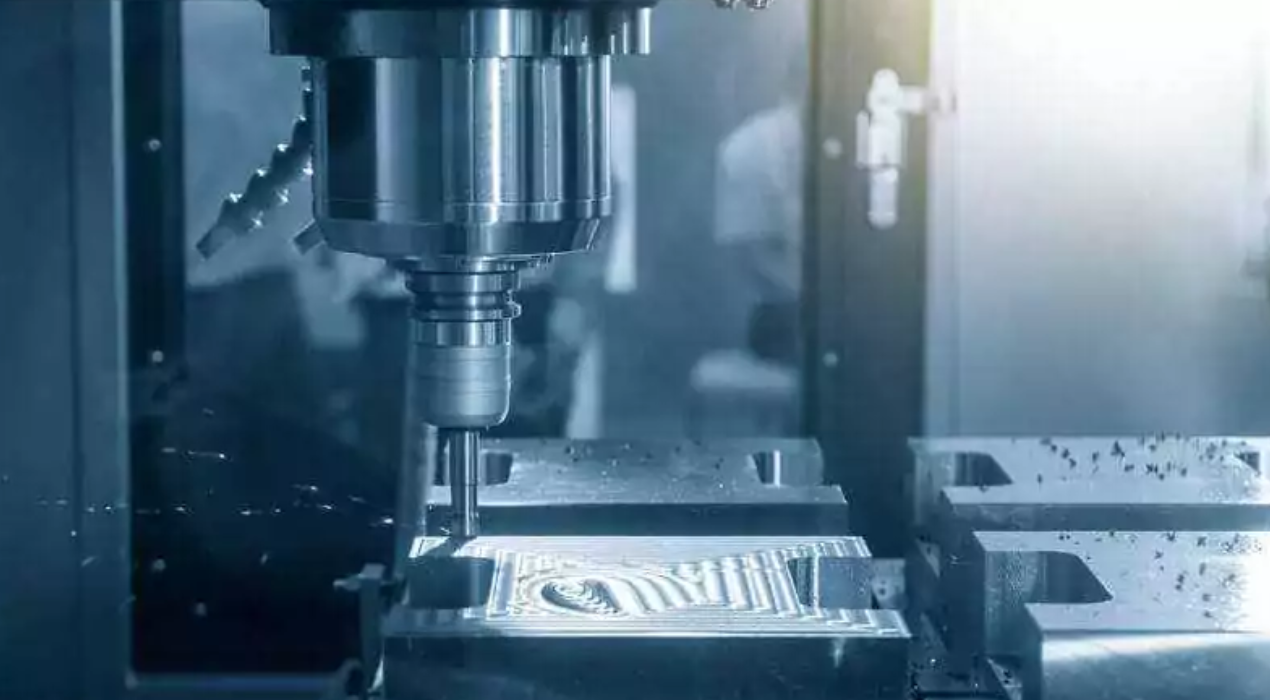Forging dies are an essential tool in the forging technique, accountable for shaping and forming steel into desired parts. Their significance lies in their potential to provide high-energy, and long-lasting components with precise dimensions, making them critical in industries that include car, aerospace, and creation. The fineness and performance of the forging die directly impact the greatness of the completed product, impacting each accuracy and surface finish.
Well-maintained dies to ensure green material goes with the flow, reduce waste, and decrease defects, inclusive of cracks or misalignments, that can lead to costly downtime. Additionally, excessive-performance dies enhance productivity by ensuring consistent and repeatable manufacturing cycles. The selection of suitable forging die materials and the right maintenance additionally enlarge their lifespan, resulting in fee savings for producers.
Troubleshooting Forging Die Performance Issues
Forging die performance problems affect productivity and quality. Commonplace issues like misalignment, inadequate lubrication, and insufficient cooling can cause defects and extended scrap charges. Figuring out and resolving those problems is vital to ensuring easy operation. Regular first-rate tuning and right die preservation help lessen screw-ups. Expertise in common issues, including cracking, chipping, wear, corrosion, and material glide issues, can notably enhance standard die overall performance and lifespan.
Cracking in Forging Dies: Causes and Solutions
Cracking happens because of extreme strain during forging. Excessive thermal cycling or flawed warmth remedy weakens the die material through the years. Prevent cracking using the usage of suitable substances, ensuring the right cooling structures, and regularly examining for early signs and symptoms. Tracking die temperature and strain distribution can help save you cracks and make certain toughness, minimizing pricey downtime and improving manufacturing efficiency.
Chipping of Dies: Identifying and Resolving the Problem
Chipping occurs when the die stories choppy strain or impact, causing small material portions to interrupt off. Excessive wear or surface harm worsens this problem. To prevent chipping, use appropriate die materials, great-song the die setup, and enforce the right floor remedies. Ordinary inspection and restoration help discover early symptoms, decreasing the threat of extreme harm and retaining the product best.
Addressing Die Wear: Prevention and Maintenance
Die wear takes place due to friction between the metal and the die floor, impacting dimensional accuracy and surface end. Save you put on by way of making use of proper lubrication, choosing long-lasting materials, and preserving steady die temperatures. Normal preservation and early replacement of worn dies can lessen scrap rates, keep production performance, and expand die lifespan, enhancing average performance and product quality.
Tackling Die Corrosion: Protecting and Extending Die Lifespan
Corrosion affects forging dies whilst uncovered to moisture, chemical compounds, or wrong management. It weakens the material, causing surface defects. Save you corrosion by storing dies in dry environments and making use of shielding coatings. Routine cleaning and rust-preventative merchandise are critical for extending die lifestyles. Proper post-use care and storage extensively lessen the chance of corrosion and decorate sturdiness.
Misalignment of Dies: Diagnosing and Correcting the Issue
Misalignment happens when dies are improperly located in the press, inflicting choppy strain and bad component quality. Accurate misalignment by way of calibrating the click and making sure the right die positioning before production. Ordinary inspections, alignment exams, and operator schooling are vital to save you from misalignment and make certain regular parts quality, lowering put on and enhancing die lifespan.
Insufficient Lubrication: Understanding and Mitigating the Effects
Inadequate lubrication results in multiplied friction, warmth, and surface damage. This accelerates die wear and raises the chance of cracking. Ensure consistent lubrication by choosing suitable lubricants and using automated structures for proper utility. Routine tracking of lubrication stages and temperature is crucial to stopping die harm and maintaining the most fulfilling performance throughout production.
Inadequate Cooling: Preventing Thermal Fatigue and Cracking
Inadequate cooling can cause thermal fatigue, resulting in cracking and die-damage. Imposing effective cooling systems, like water or air cooling, allows for adjusting die temperatures. Everyday temperature monitoring and gadget modifications reduce the hazard of thermal fatigue and enhance die durability. Powerful cooling control is crucial to stopping downtime and making sure easy operation in forging approaches.
Conclusion
Troubleshooting the forging die performance requires addressing commonplace problems like cracking, chipping, wear, corrosion, misalignment, lubrication, and cooling problems. Figuring out root causes, normal inspections, and optimizing die structures are vital to ensure steady production. Through enforcing proper upkeep, material choice, and cooling and lubrication solutions, manufacturers can enlarge die lifespan and gain higher operational performance.














